
Mansell’s characters are always quirky, and there is no absence of that here, from Lara’s strong Aunt Nettie in Keswick to Don the jewelry shop owner in Bath. While many of these characters are looking for love, denying that they are looking for love, or hoping to fall out of love with a cad, Mansell quietly addresses the fear that still haunts gays who have not come out of the closet, single-parenting obstacles, and how secrets can topple families.
Meanwhile, Lara is blindly making decisions that are best for her daughter, Gigi, but she refuses to look around her to see how her decisions affect herself and others. She’s also busy trying to make love matches for her aunt and friends, at the same time she’s struggling to ignore her own passionate feelings for Flynn — her former teenage boyfriend. Life and love is anything but a walk in the park for Lara and her friends, especially when the death of Lara’s mother raises questions about her mother’s faithfulness and about where she got the money to buy the family home.
Readers will note there are a variety of subplots, and while they are successfully concluded, there are some that felt a little rushed, which may be partially due to the multitude of characters Mansell creates. Mansell novels are full of romance and flirty fun, but this one has some serious notes and a more mature set of story lines. With a mother-in-law from hell and the outrageous behavior of rap star EnjaySeven, A Walk in the Park by Jill Mansell is a literary soap opera that leaps off the pages and makes readers thank their lucky stars their lives are less complicated.

Jill Mansell lives with her partner and children in Bristol, and writes full time. Actually that’s not true; she watches TV, eats fruit gums, admires the rugby players training in the sports field behind her house, and spends hours on the internet marvelling at how many other writers have blogs. Only when she’s completely run out of displacement activities does she write.

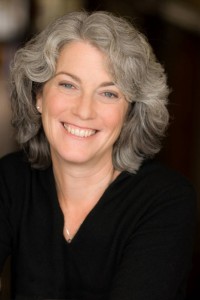 About the Author:
About the Author:
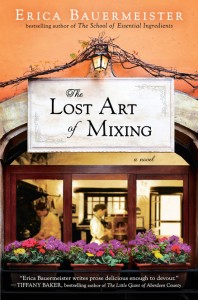



 About the Author:
About the Author: The Realm of the Lost by Emma Eden Ramos is a middle-grade fantasy novel about a 13-year-old girl, named Kat Gallagher, who is feisty and responsible. She’s got younger siblings, Ellie and Colm, and a home life that is not what it once was, but she takes it on her own shoulders to care for her little brother whose sick a lot of the time. Her and Ellie, on the other hand, act as sisters should, especially sisters who share a room. They bicker over space, and one day on the way to school, all of the tension boils over on the streets of New York City.
The Realm of the Lost by Emma Eden Ramos is a middle-grade fantasy novel about a 13-year-old girl, named Kat Gallagher, who is feisty and responsible. She’s got younger siblings, Ellie and Colm, and a home life that is not what it once was, but she takes it on her own shoulders to care for her little brother whose sick a lot of the time. Her and Ellie, on the other hand, act as sisters should, especially sisters who share a room. They bicker over space, and one day on the way to school, all of the tension boils over on the streets of New York City.


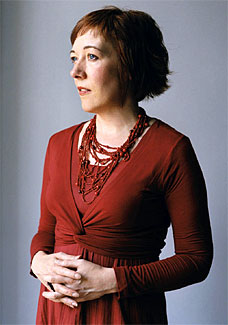 About the Author:
About the Author:
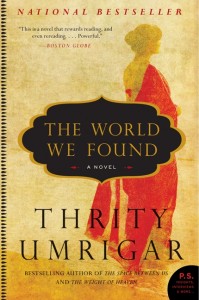
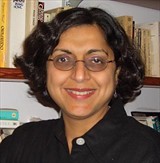 About the Author:
About the Author:
 The Marriage Price by Alma Katsu is another short story from
The Marriage Price by Alma Katsu is another short story from 



